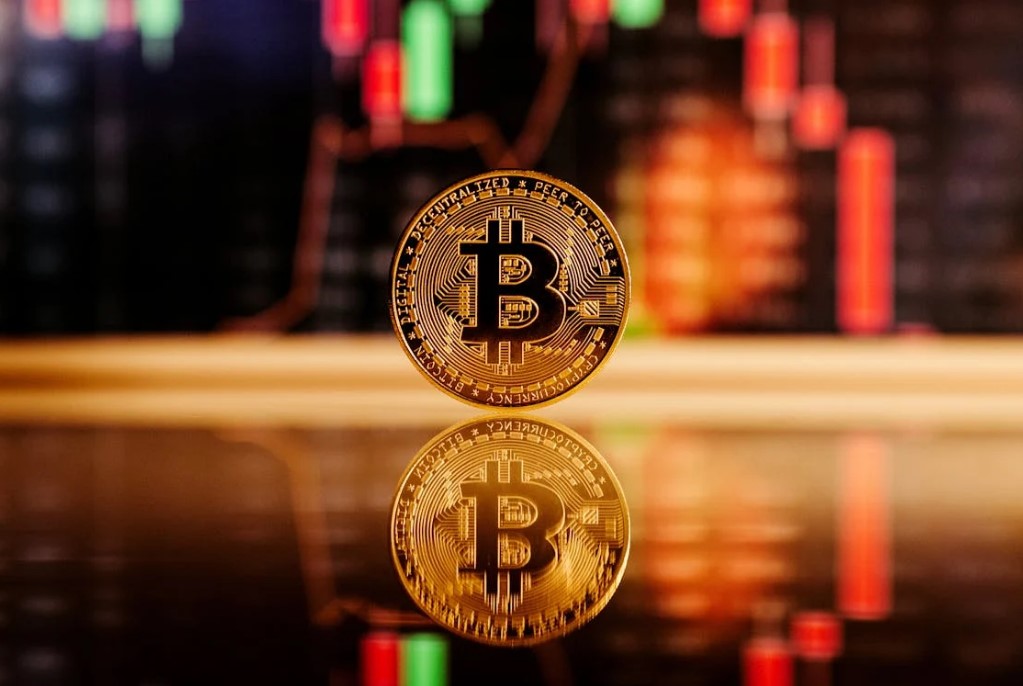
Ethereum co-founder Vitalik Buterin and the Ethereum Foundation are considering at least five ways to reduce Ethereum’s maximum block size to optimize the blockchain for the “rollup-centric roadmap.”
On Feb. 5, Buterin and Ethereum Foundation researcher Toni Wahrstätter said that with the focus on rollups in the medium and long term. It is argued that the way block space is used is not yet optimized — noting that effective block size has essentially doubled over the past 12 months.
“This might result from more and more rollups starting to use Ethereum for data availability and trends like Inscriptions,” explained Buterin and Wahrstätter in a blog post.

The post discusses five different potential solutions — varying in complexity — to increase block gas limits and disincentivize the use of calldata, which could then reduce maximum block size and variance to make room for more data blobs in the future. Increasing the block gas limit and the price for nonzero calldata bytes achieves a smaller and less variable block size, making space to add more blobs in the future.

The Ethereum gas limit refers to the maximum amount of gas spent on executing transactions or smart contracts in each block. Limit set to prevent oversized blocks, maintaining optimal network performance and synchronization. Solutions are exploring ways to raise the gas limit without compromising security because Calldata, which consumes gas, increases the computational load on the network.
Ethereum Gas Solutions: Buterin’s Proposals
Buterin and Wahrstätter’s initial, more straightforward proposal calls for raising the calldata cost from 16 to 42 gas and lowering the maximum block size from 1.78 to 0.68 gigabytes. Afterward, there would be space to raise the block gas limit. Buterin contends that this would hurt programs like StarkNet, which depend on a significant amount of phone data for on-chain proofs, and disincentivize the use of call data for data availability.
Instead, a second solution could be to increase call data costs but decrease other opcode costs to offset the impact. Calldata refers to the data provided as input to a smart contract function call, while opcodes — or operation codes — are instructions that specify computations to be performed by the Ethereum Virtual Machine (EVM). Another solution proposed would be to cap calldata per block, as outlined in EIP-4488, and write the pair. However, this could also discourage using calldata for data availability and affect apps that are heavily reliant on it.
On Increasing the Block Gas Limit
By:
– Toni
– VitalikELI5
Special thanks to the Starkware team for feedback and data!Important Takeaways:
## ELI5
The article discusses a proposal to manage Ethereum's block size more efficiently by adjusting the gas limit and the cost of…— ethresearchbot (@ethresearchbot) February 5, 2024
Therefore, creating a unique calldata charge market that works similarly to managing data blobs might increase gas restrictions. The price of Calldata would automatically adjust based on demand. However, the disadvantage is increased complexity in both the analysis and the implementation.
The final suggestion is to reduce the workload on applicants by offering an “EVM loyalty incentive.” The Ethereum blockchain includes large data packets called Blobs with the goal of improving data management and storage efficiency. Awaiting this improvement is the upcoming EIP-4844 Dencun update.
Balancing Call Data Costs and Operations Efficiency in Ethereum
Increasing the cost of call data and reducing the expense of certain operations or transitioning to a model that motivates calldata utilization within the EVM could be a balanced approach. Buterin and Wahrstätter decided that merely raising the call data cost to 42 may be ‘too blunt.’ Implementing separate fee markets could ‘add excessive complexity.’
Alternatively, Buterin had previously suggested 2021 setting calldata limits per block to lower gas fees. However, they concluded that a nuanced solution requires increasing call data expenses while incentivizing efficient call data usage through the EVM.
In January, Buterin suggested raising the Ethereum gas limit by 33% to 40 million to improve network throughput. Increasing the gas limit enables more transactions per block, theoretically boosting overall throughput and capacity. However, it also increases workloads on hardware and risks of network spam and attacks.
Related Reading | Bitcoin January 2024 On-Chain Surge Indicates Robust Crypto Recovery








